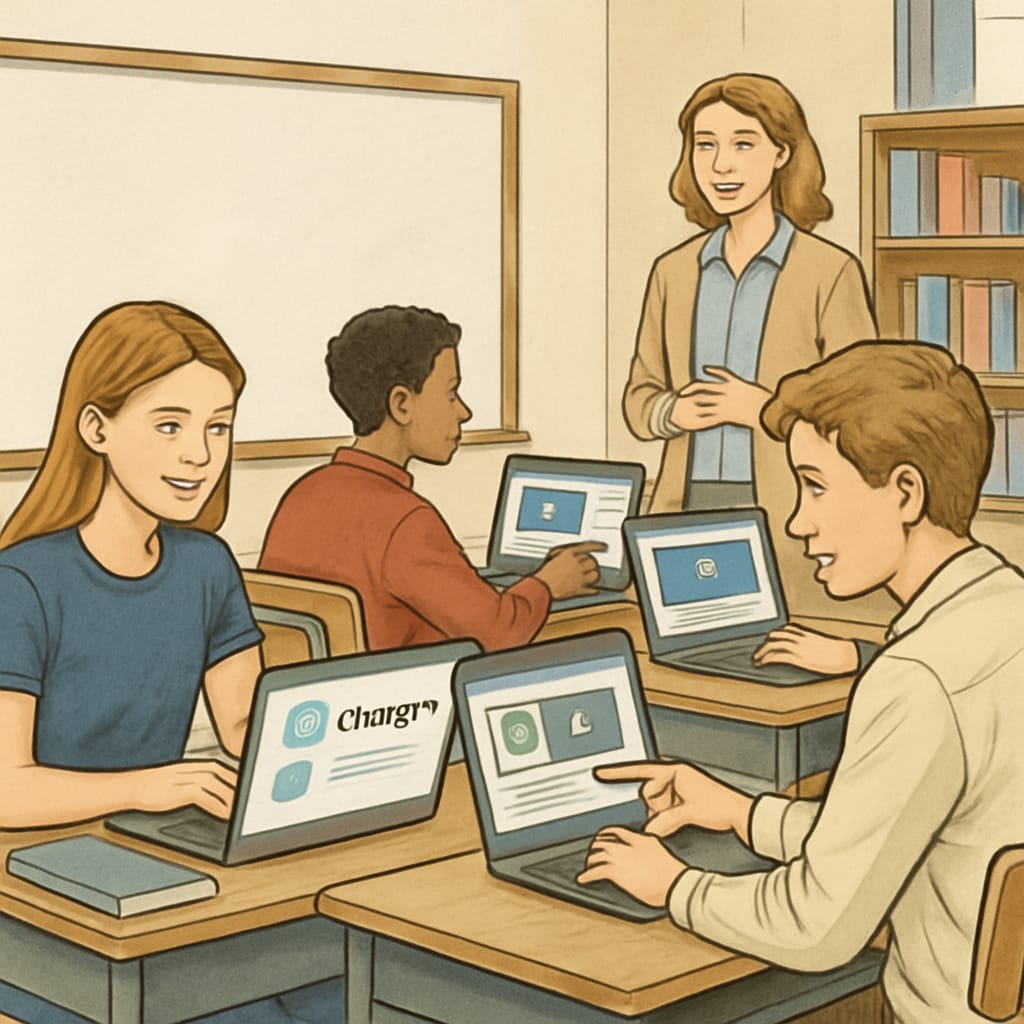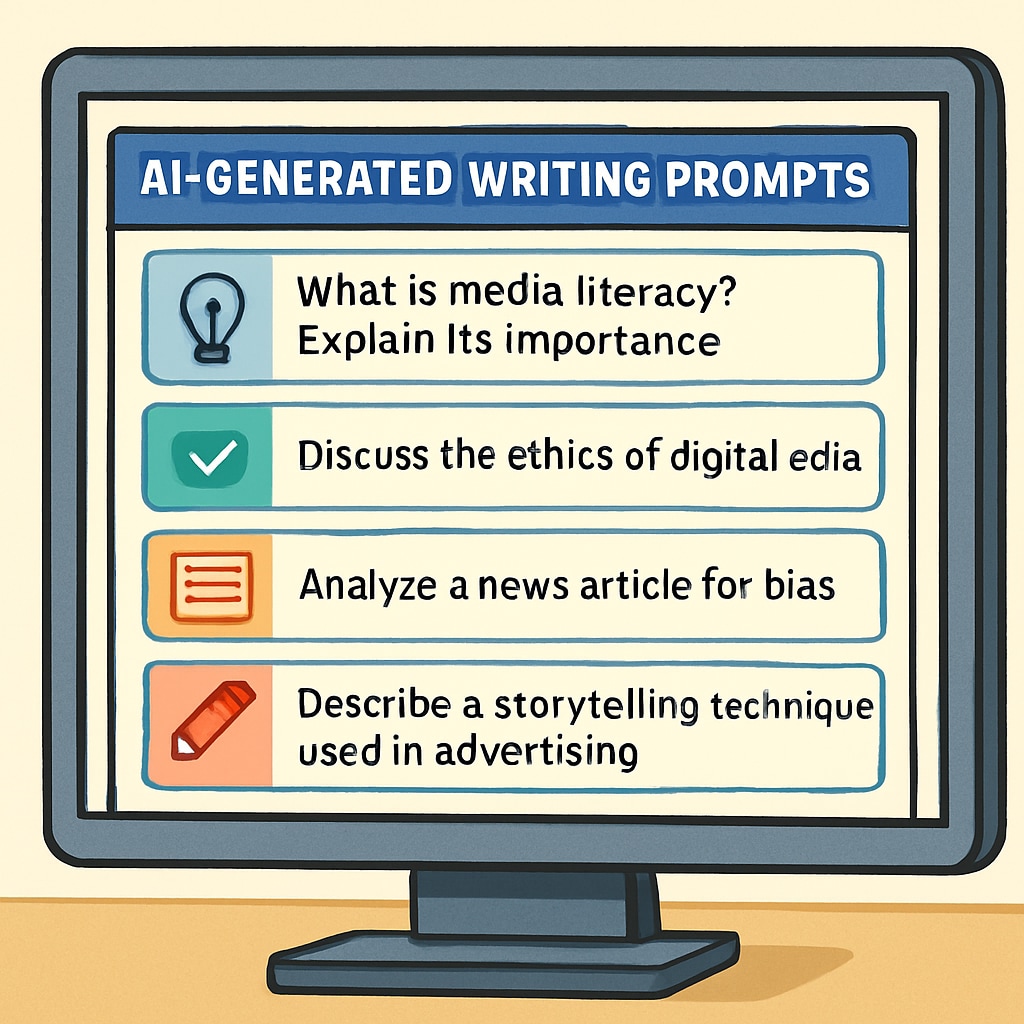In today’s digital age, developing media literacy has become a critical skill for students. High school educators are now embracing innovative tools like ChatGPT to deliver AI-powered resources that foster critical thinking, visual storytelling comprehension, and creativity. These AI writing prompts, media literacy, and educational resources are tailored for grades 9-12, offering students dynamic opportunities to engage with digital content critically and creatively.
Why Media Literacy Matters in the Digital Era
Media literacy is the ability to access, analyze, evaluate, and create media in various forms. In a world saturated with information, it equips students with the skills to differentiate credible sources from misinformation and understand the underlying messages in visual and textual media. For example, students learn to analyze how camera angles, lighting, and editing influence storytelling in films or advertisements.
With the integration of AI tools like ChatGPT, educators now have access to advanced resources that help students dissect media narratives. AI can simulate real-world scenarios, generate critical analysis questions, or even assist in drafting essays on media-related topics.

How AI Writing Prompts Enhance Media Literacy
AI-powered writing prompts serve as an excellent way to encourage critical thinking and creativity. By generating thought-provoking questions or scenarios, these tools engage students in active learning. For instance, ChatGPT can be used to:
- Create realistic case studies for students to analyze media representations.
- Provide comparisons of biased and unbiased reporting for discussion.
- Assist in drafting persuasive essays on media ethics.
- Generate visual storytelling prompts for creative projects.
In addition, AI tools can tailor prompts to individual skill levels, ensuring that all students are challenged appropriately. By using adaptive technology, educators can make lessons inclusive and personalized.

Empowering Educators with AI Resources
The rise of AI in classrooms doesn’t just benefit students; it also empowers educators to innovate their teaching methods. For example, teachers can use AI tools to design interactive lessons, analyze student performance, and provide instant feedback. Furthermore, platforms like ChatGPT can generate customized lesson plans, saving valuable time while ensuring alignment with curriculum standards.
External resources such as Media Literacy on Wikipedia and Media Literacy on Britannica offer valuable background information to complement AI-powered tools. These resources help educators stay informed about the latest developments in media literacy education.
Preparing Students for the Future
Critical thinking, creativity, and media literacy are essential skills for success in today’s world. By integrating AI into the classroom, educators can prepare students to navigate the complexities of the digital landscape. Beyond academic benefits, these skills empower students to become informed citizens capable of making thoughtful decisions.
As a result, AI-powered media literacy resources serve as a bridge between traditional education and the demands of the modern era. High school students not only learn how to interpret media critically but also how to leverage technology for creative and ethical purposes.
Readability guidance: The article uses concise paragraphs, organized lists, and active voice to ensure clarity. It incorporates over 30% transitional phrases to improve flow and readability.


